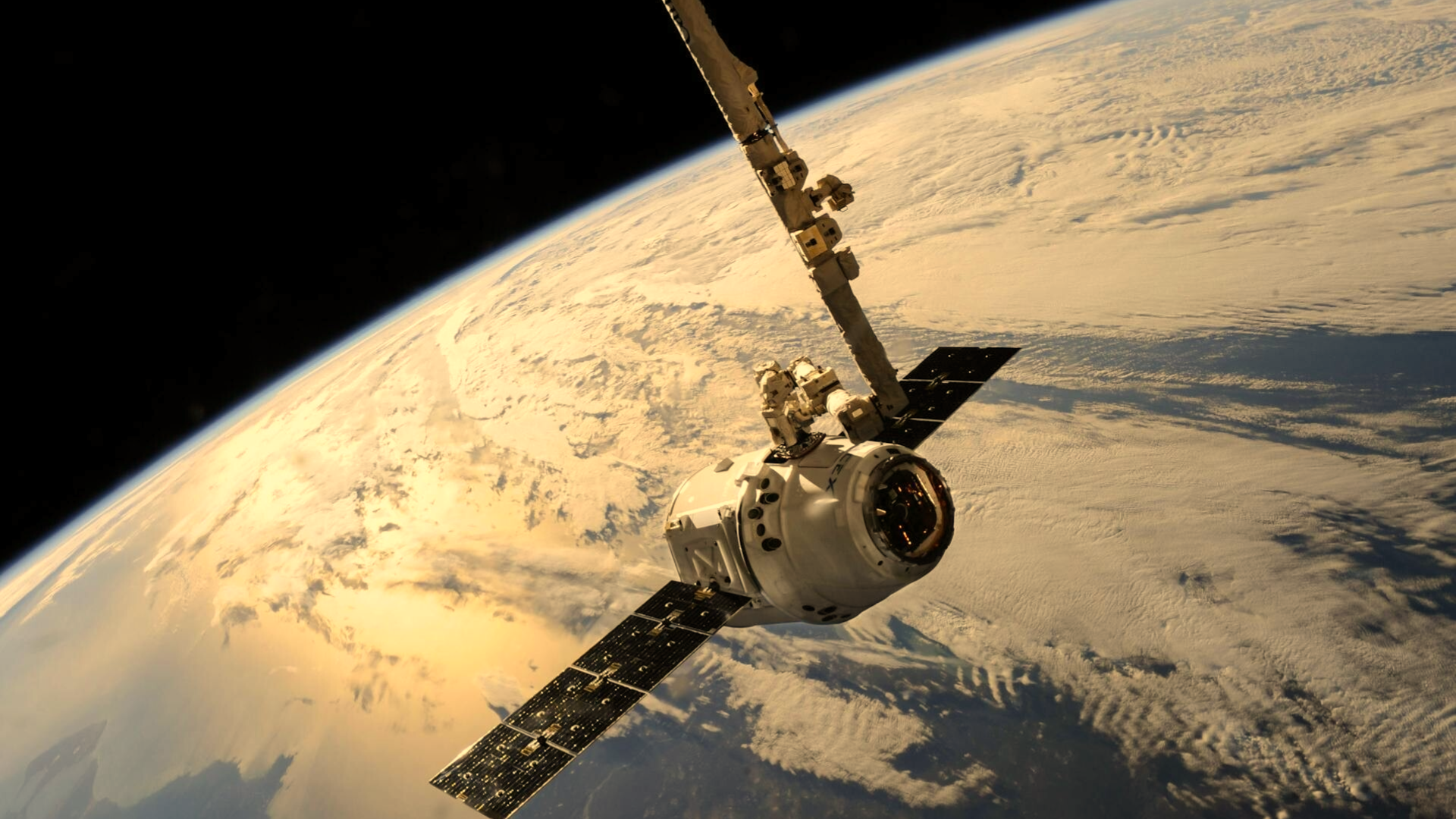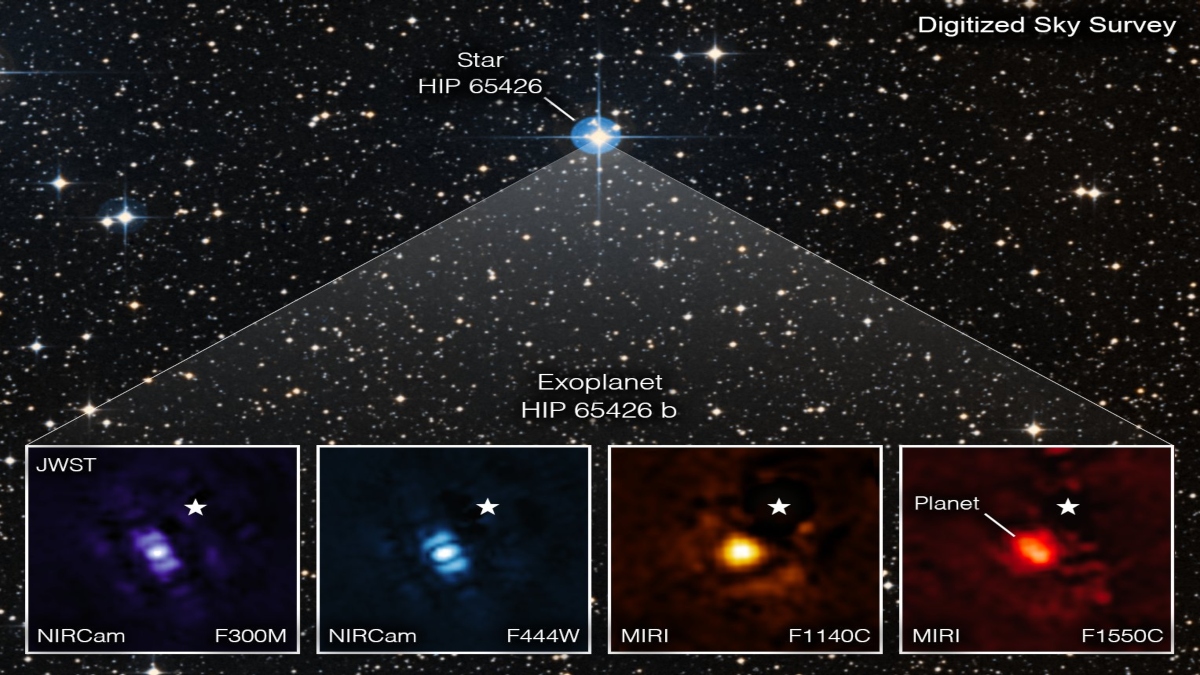










The James Webb Space Telescope (JWSTpotent )’s optics system allowed researchers to directly photograph a planet outside of our solar system. The National Aeronautics and Space Administration (NASA) just revealed a new photograph of the exoplanet HIP 65426, which is Webb’s first view of an exoplanet and demonstrates the incredible ability of JWST to study the invisible world.
HIP 65426 b is a younger but larger exoplanet than Earth. Earth is 4.5 billion years old, 6 to 12 times the mass of Jupiter, and 15 to 20 million years old. According to NASA, these data may contribute to a considerably more exact estimation of the planet’s size and age. This gas giant has been captured by the Webb telescope in four separate light sources.
Exoplanet
A planet outside of our solar system that orbits another star is known as an exoplanet, according to NASA.
The galaxy has more planets than stars, as demonstrated by NASA’s Kepler Space Telescope. These planets share many of the same components as those in our solar system, albeit some exoplanets are free-floating and orbit the galactic centre rather than revolve around any stars.
According to NASA, certain planets may contain an abundance of water or ice in addition to iron or carbon.
Why is this image crucial?
Although the first exoplanets were officially found in the 1990s, this is the first direct sighting of a planet outside of our solar system by the JWST telescope.
There are several indirect techniques for finding exoplanets:
Watching Wobble
Astronomers keep an eye out for stars that are jerked about by planets. This wobble provides a hint that planets are present. Both the Doppler shift method, which measures a change in the colour of a star’s light, and the astrometry approach may detect the wobble.
Shadow approach
Astronomers can determine the existence of a planet by measuring how much the light of the stars dims when a planet enters the line of sight of the observer and the star.
Using the Gravity lens
When a planet passes in front of a distant star, the light it emits bends as a result of the planet’s gravity as it reaches Earth. This light bending indicates the existence of any planet.
Then there is direct imaging, which involves photographing the planet using a telescope.
What makes direct imagery difficult?
Because the stars that the planets circle are “millions of times brighter” than them, direct imaging of exoplanets is challenging. According to NASA, the HIP 65426 b planet is thousands of times fainter in the mid-infrared and over 10,000 times fainter in the near-infrared than its host star.
It is challenging for astronomers to record the reflection from the planets since the emission from the host star outweighs any light or heat radiation reflected off of the planet. However, the Webb telescope has been effective in collecting these reflections.
Aarynn Carter, the researcher who oversaw the picture analysis, stated that at first, all she could see was light from the star, but with meticulous image processing, she was able to exclude that light and reveal the planet. The fact that the Webb Telescope’s optics system was able to catch such a minute reflection of the exoplanet in this image demonstrates its power.
Read more: James Webb: ‘Incredible’ Jupiter images revealed by space telescope









